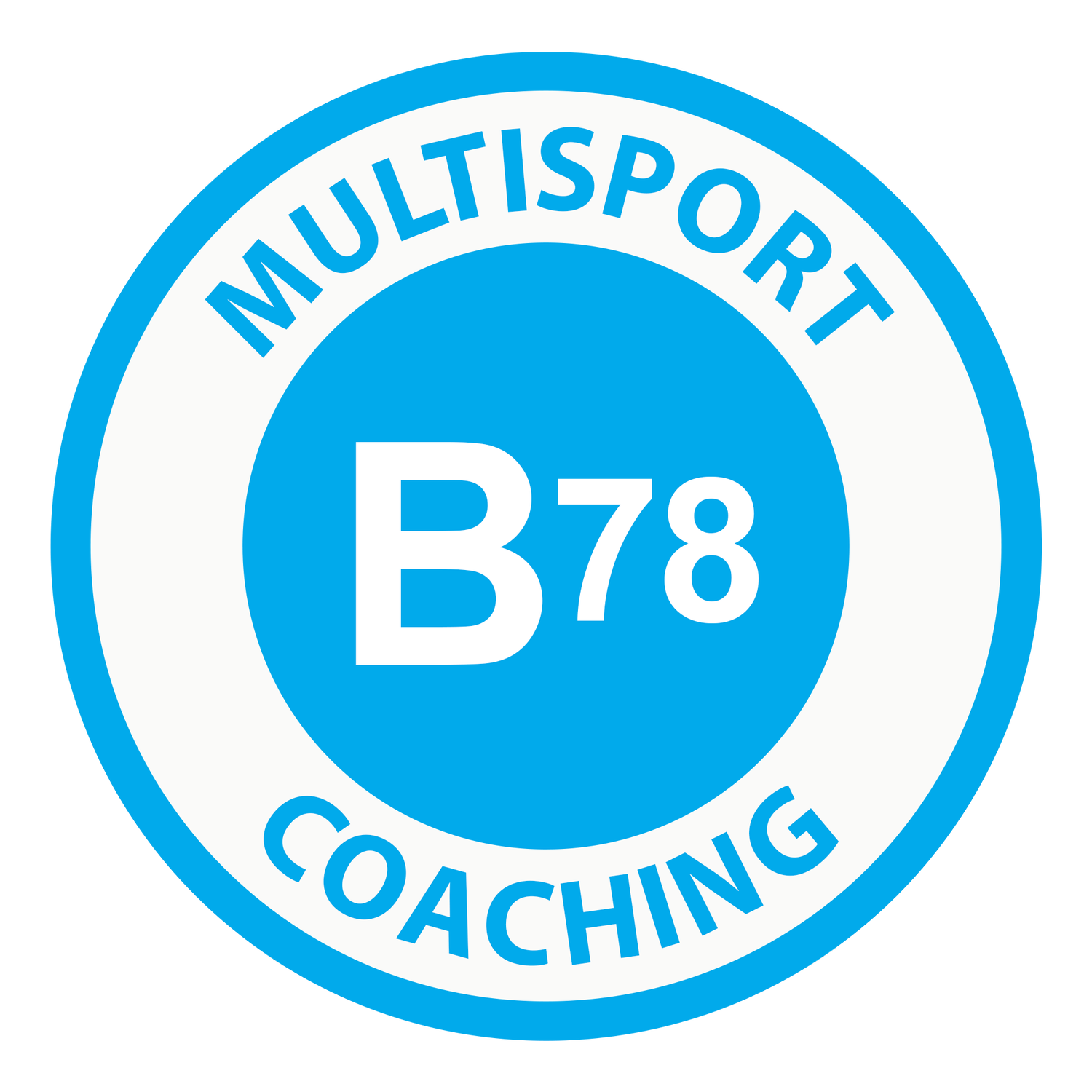How to Overcome Unexpected Endurance Training Setbacks
Experiencing an endurance training setback, such as developing a common running injury or unexpected change in employment, is frustrating. And, unfortunately, when unforeseen delays do occur, they may throw a training program’s trajectory off course. However, when training for a high-level sporting event – such as a marathon or triathlon, for example – setbacks are par for the course. As such, when becoming a successful endurance athlete, we must learn the skills necessary to maneuver our way through different obstacles and hurdles.
At B78 Coaching, our endurance training coaches have seen their fair share of athletes deal with disheartening events that alter endurance race goals. And, we’ve also seen how an athlete responds to unforeseen training hurdles, both mentally and physically, largely determines how well they pull through and overcome a difficult setback. In this article, we’re sharing what over 50 years of combined training has taught us about helping athletes overcome obstacles.
Acknowledge Training Setbacks
Aches, sore muscles, and other minor pains are common when adapting to a new physical training program. However, pain that goes beyond discomfort, or doesn’t naturally resolve itself within a few weeks, is more than just “growing pains.” These are more likely signs your body is struggling to keep up with your endurance training program.
Don’t Push Through Pain
If chronic pain – from shin splints or plantar fasciitis, for example – becomes an uninvited training buddy, avoid pushing through the pain. Instead, face the discomfort head-on and determine the cause of the problem. An adjustment to your training regimen will likely be required, and you’ll save yourself the risk of developing a more significant injury in the long run.
Focusing on the reality of where you are in your training program, and acknowledging when a setback has occurred, will inevitably help you become stronger in your chosen sport.
Evaluate Training Commitment
A strong commitment is required when training for a triathlon, marathon, or other endurance sport’s event. And, effective endurance training requires athletes to commit to more than just the physical demands of high-level training. It requires adopting a new mental and personal commitment as well. Actively finding a balance between scheduled training sessions, professional obligations, and individual responsibilities is essential.
And, every balancing act has its ups and downs. When outside influences and responsibilities begin to chip away at athletic goals, it may be time to get a realistic view of your commitment level to your training goals. When uncertainty is in abundance, do your best to keep moving forward.
Be Adaptable
For example, If you find you routinely skip a couple of workouts a week due to family commitments, make a schedule that’s more realistic for you and your family. Or, if you have a work project that requires overtime for a few weeks, shorten your training times for that period. Once your work demands lessen, you can increase your gym and workout time again.
Seek Endurance Training Coaching Services
Adapting endurance training to fit your life is key to ensuring you achieve the goals you set for yourself. However, that’s often easier said than done. And, when you don’t know what to focus on to make your goals a reality, they can easily slip away. Without the right support and guidance, an easily correctable error – such as poor running technique – can lead to an athlete giving up on a sport entirely.
Hire an experienced endurance training coach to help you understand and overcome the many obstacles you’re likely to face while training for an endurance race, such as an Ironman competition or marathon.
Get Support
Professional coaches can even help to prevent setbacks from interfering with your endurance training plans. You can rely on them to create a plan that’s right for your body, fitness level, and endurance sport goals. And, they’ll teach you the proper techniques to help you avoid incurring preventable injuries.
